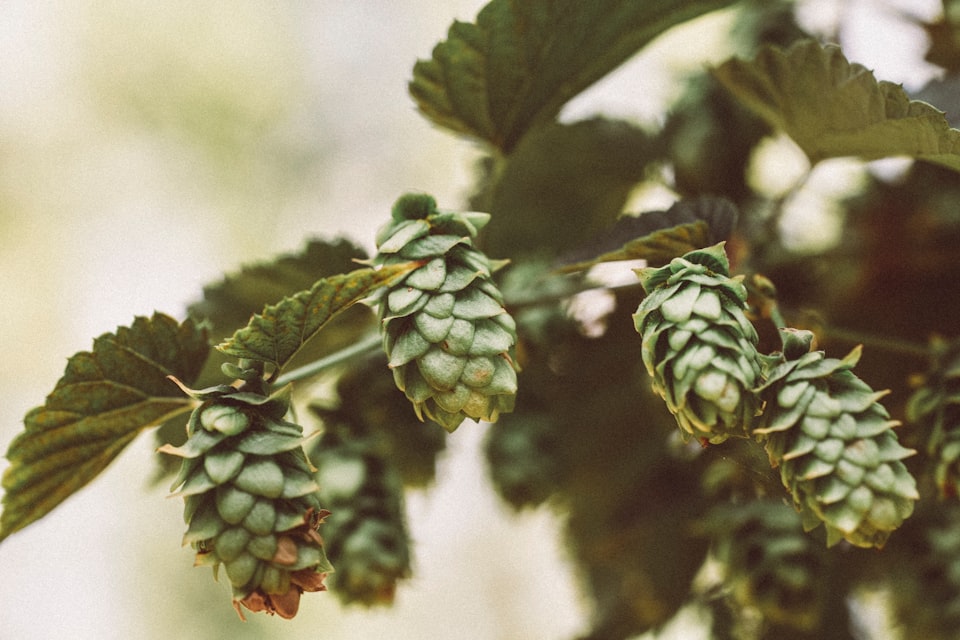I: Hazelwort
A hazelwort a day keeps the witches away.

Good morning. Today is primidi, the 21st of Brumaire, Year CCXXXI. We celebrate la bacchante, a flowering ground cover that can substitute for ginger in a pinch.
European peasants had a real problem with milk thieves. Not the kind in striped shirts with masks and a bindle – the kind in pointy hats flying on a broom. Back when it was difficult to determine why a cow or a sheep or a goat would suddenly stop making milk, the phenomenon was blamed on witches casting a spell to magically transport the milk to their own homes (since, the theory went, as childless abominations, they could make no milk of their own).
In Germany – the nexus of these beliefs that spread throughout Scandinavia and down into the Balkans – these witches were called Milchzauber. They enlisted hares to do their dirty work, and there was only one way to stop it: fight magic with magic.



